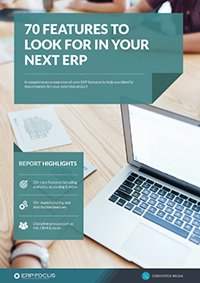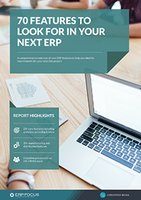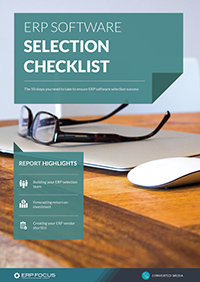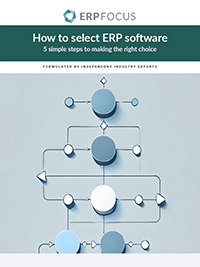Five great ERP features to engage millennial users
Millennial characteristics are beginning to impact senior management response to ERP systems development. While generational characteristics would seem to be irrelevant to bits, bytes, and scripts, the at-large advent of socialization has created hosts of developmental challenges for senior Gen Y managers, and more critically, relationship-based difficulties associated with board and investment level boomers, who largely control access to commercial capital on a daily basis.
Consequently, at the C-level, a movement toward balancing technology, social sensitivity, and hard cold cash has emerged; resulting in significant alterations in the way that ERP systems involve managers, workers, and customers with the platforms themselves. As a short primer, here are five major technical drivers that support the premise of this kind of balancing act.
Cloud above all
According to Forrester Research analysis, 43% of millennial respondents favor the expansion of cloud-based systems over on-premise, or hybrid systems. Major drivers relating to this query include:
- Quick deployment
- Intrinsic mobility
- Flexible operational adaptability
- Elastic applications creation
- Global extensibility
- Baked-in social collaboration
- Sensitized user interfaces
- Ready real-time analytics
Simple is better
In concert with the aforementioned analysis, millennial responses also suggest that more straightforward the user interface, the more useful the system becomes. From a rationale perspective, this particular response offers to an overall development goal post that easily applies to the operational drivers listed above.
Trainable on-the-fly
According to various behavioral analyses including B2B Marketing and Forbes, millennials tend to prefer learning by doing, as opposed to learning then doing precepts when it comes to operational training. Consequently, nextgen ERP platforms are beginning to alter their educational regimes to apply training on-the-move approaches rather than more traditional programs.
Socialization is key
In the past, core development usually operated like a dog’s body, while other external capabilities, such as social networking capabilities, served as a system’s tail. However, in today’s hyper-socialized climate, today’s social networking largely drives the direction of development, while the software ends up vibrating in response like a spring-loaded paint shaker.
Consequently, socialization is now a core requirement of nearly all nextgen ERP development, particularly when it comes to outbound customer-based operations. However, given ERP’s additive value as an inbound business intelligence mechanism, today’s bias toward socialization has also become directly involved in externally-driven processes.
Easy online visualization
Another important element related to the millennial wishlist is the emergence of ERP Dashboard. This trait clearly accommodates all aforementioned elements, but as an overarching value also describes the generation’s tendencies toward action based on broad information generalizations, utilizing multiple information channels to get their work down. The perception here is that having all of the information in plain view makes it easier for operators, and/or managers, to define and execute information-based decisions much quicker than legacy systems that largely depend on text-based reports.
During the last decade, much has been made about the millennial generation’s alleged laziness, or lack of interest in things like traditional business processes, or related systems, but this assertion is entirely untrue. Instead, this new breed of worker, manager or developer looks at the world differently, since in large part, these folks grew up with a universal Internet of Things that previous generations never experienced. Consequently, it’s entirely logical to assume that their new ideas require new systems characteristics as part of an accepted norm, rather than a point of generational contention.
Free white paper

70 features to look for in your next ERP
A comprehensive guide to help you identify requirements for your ERP selection

Featured white papers
-

60-Step ERP Selection Checklist
Get the comprehensive checklist for your ERP selection project
Download -

How to Select ERP
Learn to select your ERP in 5 easy steps by following our expert's advice
Download -

70 features to look for in your next ERP
A comprehensive guide to help you identify requirements for your ERP selection
Download
Related articles
-

The 10 best construction ERP systems
Include these ERP systems when selecting or comparing construction ERP
-

CMMC Compliance: What Aerospace and Defense Manufacturers Need to Know
Key insights on CMMC compliance, deadlines, and securing DoD contracts with CMMC 2.0 certificatio...
-

ERP vs. HRMS: which should manage your payroll?
Compare the advantages and disadvantages of using HRMS or ERP to manage your payroll

